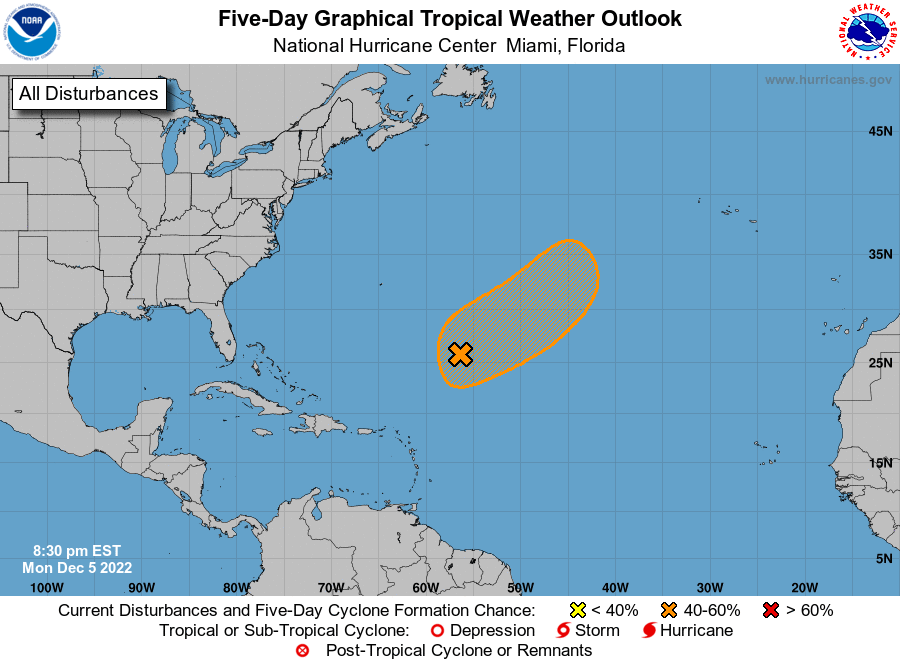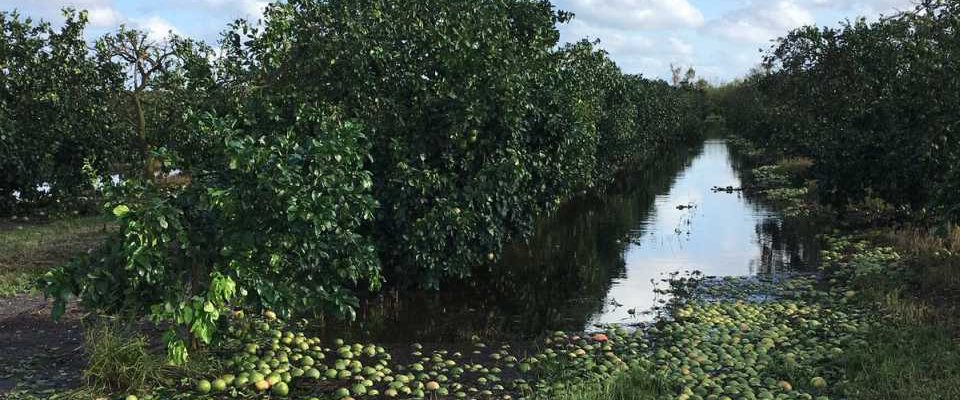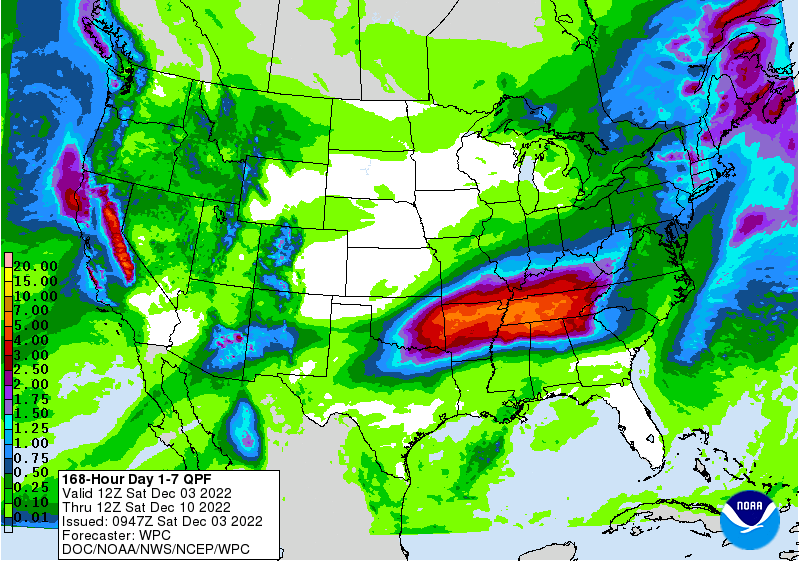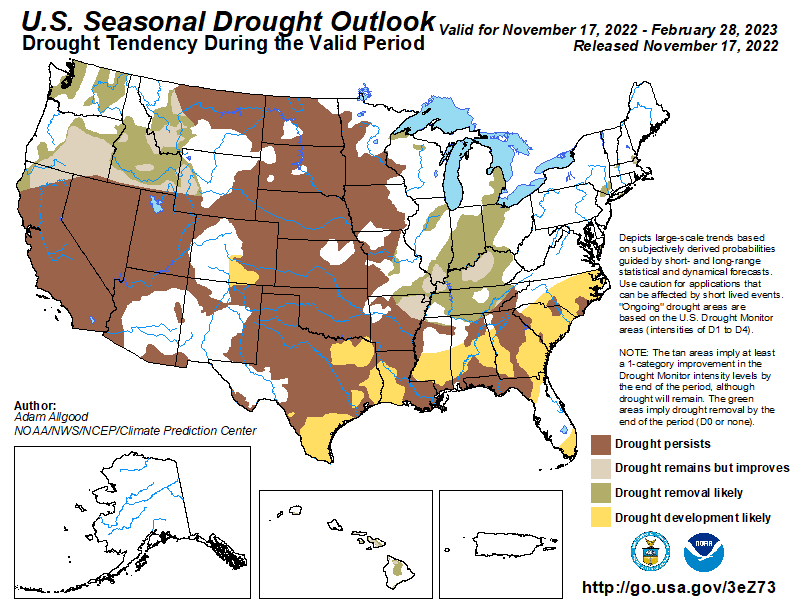Pam Knox
-

The latest monthly and seasonal regional summary maps show that November 2022 was very warm across the Southeast after a fairly cool October. Most parts of the region were wetter than normal this month except for the coastal plains. For fall, or September through November, temperatures were cooler than normal except the coastal plains and…
Posted in: Climate summaries -

Just when you think the tropical season is done, we get one last hiccup. The National Hurricane Center posted a 5-day outlook that includes a potential area of development in the central Atlantic with a 50 percent chance of becoming a named storm. This would likely be a subtropical storm, not a true tropical storm,…
Posted in: Tropical weather -

Aarohi Sheth of Currently newsletter reported that “The world’s insurance bill from extreme weather events and climate disasters this year is $115 billion — 42 percent higher than the 10-year average of $81 billion, according to Swiss Re, a Zurich-based reinsurance giant.“ The story also noted that the firm estimates that Hurricane Ian, the Category 4…
-

This week’s 7-day QPF map shows that most of the rain this week should be focused on a band stretching from Arkansas through northern Alabama and Georgia and into the Southern Appalachians. Coastal areas and Florida should be largely left out. Rain is expected in that area throughout the week. Areas to the south of…
Posted in: Climate outlooks -

The latest monthly outlook from NOAA’s Climate Prediction Center shows a pattern of temperature and precipitation that is what you might expect from a La Nina winter, with warmer and drier conditions expected in the southern part of the region and less signal farther north, where things vary a lot more from one La Nina…
Posted in: Climate outlooks -

As we enter December, here is an update on the outlook for winter and spring climate conditions in the Southeast. We are currently in a weak to moderate La Niña, and that is likely to determine the overall climate conditions for the Southeast in the coming months. According to NOAA’s Climate Prediction Center, there is…
Posted in: Climate outlooks -

December 1st is the first day of meteorological or climatological winter (I guess depending on whether you are a meteorologist or a climatologist). You might wonder why it does not correspond with the astronomical season of winter, which is related to earth-sun geometry and starts this year on December 21. Here is a good article…